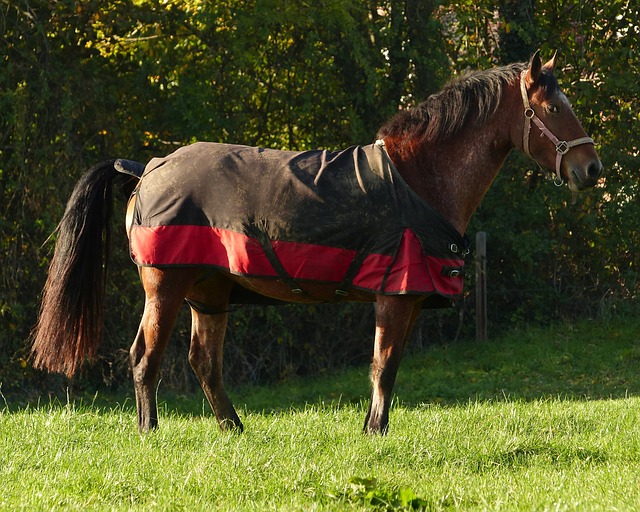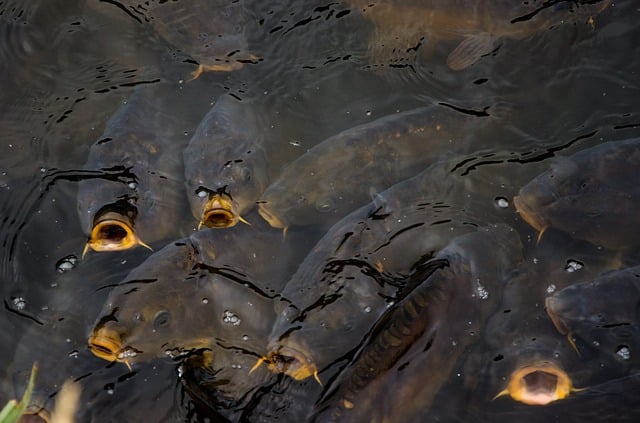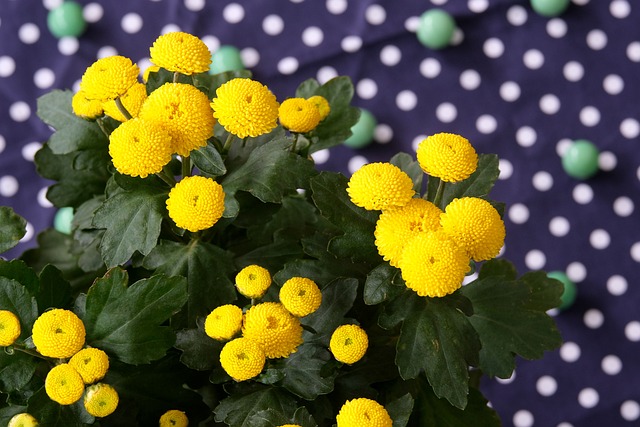bicho de roupa 😎 Bicho de Roupa: A Fascinating Journey into the World of Textile Pests

Bicho de Roupa: A Fascinating Journey into the World of Textile Pests
In the intricate tapestry of our daily lives, we often overlook the silent companions that share our spaces: the bicho de roupa. This peculiar term, which translates to "clothing bug," encapsulates a world teeming with unexpected stories and revelations about the relationship between humans and the unwelcome guests that inhabit our wardrobes. As we delve into this captivating topic, we unveil the lesser-known aspects of these textile pests – their biology, impact, and the age-old battle between them and our cherished garments.bicho de roupa
To truly appreciate the bicho de roupa, one must first understand its nature. These pests, primarily moths and carpet beetles, are drawn to the fibers of our clothing, particularly those made from animal products. Wool, silk, and cashmere are prime targets, as they offer the protein-rich keratin that these insects crave. While the sight of a moth fluttering near your favorite sweater may elicit a gasp, it is essential to recognize that these creatures are not merely nuisances; they are part of a larger ecological narrative, embodying the cycle of life and decay.
The life cycle of the bicho de roupa is a tale of transformation. From eggs to larvae and eventually to adult moths, this progression is both fascinating and alarming. The larvae, often referred to as "caterpillars," are the true culprits behind the damage. With their insatiable appetite, they can wreak havoc on an unsuspecting wardrobe, leaving behind a trail of destruction. Understanding this lifecycle is crucial for any garment owner, as it allows for strategic prevention and management.
But how do these pests infiltrate our homes? The answer lies in their stealthy nature. Moths and beetles can hitch a ride on second-hand clothing, blankets, or even furniture, making their way into our lives without notice. Once inside, they thrive in the warmth and darkness of closets and drawers, laying the groundwork for a textile invasion. This silent infiltration prompts an important question: How can we protect our beloved garments from these unwelcome guests?
One proactive approach is to adopt preventive measures that disrupt the bicho de roupa's lifecycle. Regular cleaning and proper storage are paramount. Washing clothes before storing them, particularly those made of susceptible fibers, can eliminate any eggs or larvae that may be present. Additionally, employing airtight containers and cedar blocks can create a hostile environment for these pests, deterring them from making a home in your wardrobe.
However, the battle against the bicho de roupa extends beyond preventive measures. When infestations occur, timely action is imperative. Vacuuming, using sticky traps, and employing natural repellents like essential oils can help eradicate these pests. For more severe cases, professional pest control services may be necessary to reclaim your wardrobe from the clutches of these textile marauders.bicho de roupa

Despite their reputation, it is essential to recognize the ecological role of the bicho de roupa. In nature, these insects contribute to the decomposition of organic materials, playing a vital part in nutrient cycling. Their existence serves as a reminder of the interconnectedness of life, even in the most mundane aspects of our existence. As we grapple with pest control, we also confront our responsibility to foster a balance between our needs and the natural world.
In contemporary society, the bicho de roupa has taken on a symbolic significance. They represent the intersection of modern consumerism and the delicate fabric of our environment. As the fashion industry grapples with sustainability, the notion of longevity in clothing becomes paramount. By understanding and mitigating the threat posed by these pests, we can extend the life of our garments, reducing waste and embracing a more sustainable approach to fashion.
As we reflect on the bicho de roupa, we are reminded of the intricate dance between humans and the natural world. These pests, while often viewed as a nuisance, invite us to engage with our clothing in a more meaningful way. They challenge us to be vigilant custodians of our wardrobes and to appreciate the stories that each garment tells – stories that are sometimes marred by the remnants of a bicho de roupa's feast.
In conclusion, the bicho de roupa offers a captivating lens through which we can explore our relationship with textiles. From their hidden lives to the preventive measures we can adopt, understanding these pests enriches our appreciation for the garments we wear. As we navigate the complexities of modern life, let us embrace the tales woven into our clothing, recognizing that even the smallest creatures can leave a significant mark on our fabric of existence. With knowledge and awareness, we can turn the tide in this ongoing battle and ensure that our cherished pieces remain intact, telling their stories for generations to come.bicho de roupa

Fale conosco. Envie dúvidas, críticas ou sugestões para a nossa equipe através dos contatos abaixo:
Telefone: 0086-10-8805-0795
Email: portuguese@9099.com


